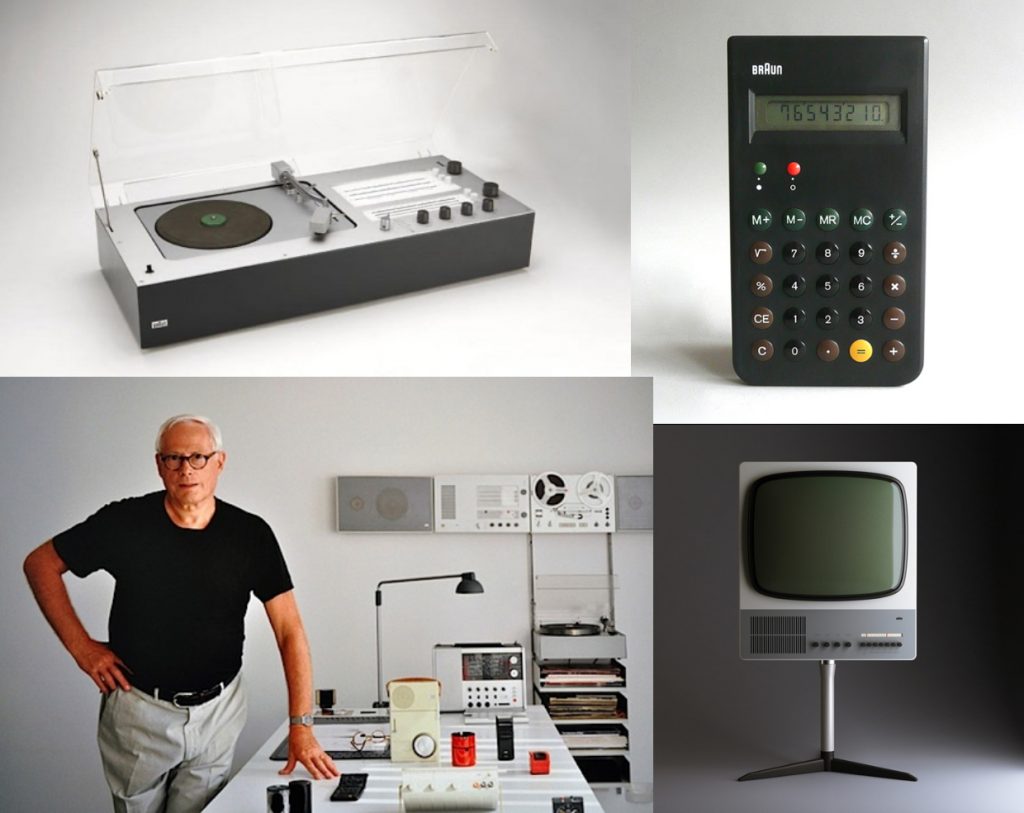This May, The Wright Innovation Hangar will host the live unveiling of Outforms — a revolutionary analog system designed for thinkers, creatives, and anyone overwhelmed by the digital blur of modern tools. Inspired by the clarity and simplicity of pen and paper, and delivered in the iconic format of a keynote presentation, this event will introduce a bold new framework for attention, creativity, and idea management.
Live at The Wright Innovation Hangar
🎟️ Invitations Sent
📅 Full Replay Coming Soon here.
Outforms isn’t just a course. And it's no app. It’s not another dashboard, as life isn't.
It’s a reboot of how we use physical space to organize mental space, ideas and tasks, a way to return to clarity in an always-on world.
🎤 What to Expect from the Outforms Keynote
Outforms creator Antos Sivyh will introduce a system built around five core shapes.
-
Circle – to orient your day
-
Mountain – to clarify goals and priorities
-
Square – to shape focused time
-
Arrow – to create movement and sequence
-
Map – to reframe your physical world as a creative engine
These tools are not apps — they are paper-based forms you can use in any notebook, workspace, or creative practice. The keynote will explore the psychology behind distraction, the pitfalls of digital overload, and how analog systems can offer faster, more focused thinking in a distracted age.
🧠 Who This Is For
-
Creative professionals seeking to manage complex ideas offline
-
Writers, designers, strategists, educators, and anyone whose work depends on thinking clearly
-
Entrepreneurs, founders, and leaders who need a system for focus that isn’t screen-based
-
Mind map lovers, journaling fans, and productivity skeptics
-
Anyone tired of apps, pings, tabs, and dashboards — looking for a calm, creative, human way to reset
🔍 What Outforms Will Become:
-
analog productivity system
-
paper-based thinking tools
-
creative clarity workshop
-
anti-digital planning methods
-
creative keynote on analog tools
-
screen-free productivity methods
-
alternative to digital task managers
-
innovative event for creatives and thinkers
-
offline workflow system
🎟️ Attendance & Replay
This is a private, invitation-only event.
Invitations have been sent to early supporters and beta participants.
A public replay of the keynote will be available online following the event.
If you’re interested in early access to the Outforms course, box, or community-based program launching this summer, you’ll find more information at:
🛠 About the Project
Outforms is a live, analog-first methodology created by Antos Sivyh, known for the critically acclaimed “Ruh Game.”
This system builds on over a decade of research into tactile cognition, spatial note-taking, and narrative-based workflows. It invites participants to think through paper — combining fun, precision, and daily exploration in just 10 minutes a day.
✍️ Why It Matters?
As everyday life keeps overfilled with digital tools that add more noise than clarity, Outforms will hopefully offer a return to focus — not by removing complexity, but by reshaping how we interact with it. The keynote will present a vision of paper as interface, and attention as the real asset of modern life. It is a pleasure for us to host such events and conferences as this Outforms event.







